The following post contains a paid advertisement for Eurocell.
Ever since I moved to the UK way back in 2001, I’ve had a soft spot for period properties. Our previous home was Edwardian, which was built just outside of Manchester in 1906 and we now live in Shrewsbury in Shropshire in a wonderful Victorian property which was built in 1889. Of course, along with their generous room sizes, big windows and high ceilings, these period properties often come with their own challenges.
One such challenge is the question of restoration versus replacement: Is it better to restore the building to what it would have been when it was first built? Or is it better to replace items with the view to modernising the property? There’s always a balance to be had but some of these questions are actually pretty easy to answer.
As an example, our Victorian house at one time had an outdoor toilet. I don’t think anyone would scoff at updating these older properties so they have running hot and cold water and a useable inside toilet, right?
They also often just used fireplaces to heat the property, as central heating wasn’t commonplace until around the 1950s, so of course, choosing to invest in a modern energy-efficient boiler is an upgrade I’m sure no one would argue against.
So when it comes to decisions like this, the question is an easy one to answer. The property, over the 130 or so years its been around, has been updated in line with the times – to make the house more comfortable and suitable for modern living.
We also took the decision to move the kitchen and open the dining room and kitchen on to each other, adding a small extension with a roof light to maximise the space. The walls, window and roof light are all highly energy efficient, built to our modern-day standards to ensure we can retain as much warmth as possible. These were all modern conveniences that we felt were the right thing to do to bring the property in line with the way we live today.
Answering this question of restoration vs renewal has been more challenging in one particular area of our home: our windows. The house is in a conservation area which means that the front of our home can’t be changed (aside from painting the door which is on my list!). I’m not opposed to this idea, as it means our entire street retains the charm and aesthetic of Victorian times.
However, it also means we still have the original single-glazed wood sash windows which aren’t energy efficient at all. Replacing fifteen like-for-like double glazed wood sashes will cost us a small fortune so while the image above shows the house when we first moved in, since then, we’ve installed shutters and thick-lined curtains to save on energy. We do intend to upgrade them but for now, we’re biding our time until we are financially able to make this rather substantial investment.
Thankfully, the conservation restrictions end there. At the back and side of the property, we’re free to change whatever we like. So we’re currently looking to get something that’s as energy-efficient as possible. One of the most energy-efficient products on the market right now are UPVC windows and doors but a modern window in an older property can sometimes look out of place. And even if we did choose to go ahead with them, are they really a sustainable option considering they are made from plastic?
Finding a company that has attractive options for UPVC has been a challenge since we’ve moved in although we are fairly certain that due to the eco-friendly nature of the product alongside its affordability, the likelihood is that we’ll be looking for UPVC when we renovate the old kitchen into what will be our future utility room and bathroom as seen above.
So when Eurocell, one of the leading suppliers of recycled building plastics and a leader in sustainable refurbishment in the UK, contacted me about their offerings, I have to say I was immediately impressed and I’m going to tell you why I think they are one of the best options out there for replacement windows and doors.
Coloured UPVC Options
One reason was that there is such a myriad of different products available from UPVC windows to Composite and UPVC doors (including French and bi-folds), alongside things like soffits and facia, roof lanterns, conservatory roofs and so much more.
Digging into the window offerings, there’s a huge selection – not just of different window styles available but the myriad of different colours and finishes as well. While the standard white UPVC is available, of course, there are so many more that could work alongside just about any style of property, old and new.
The above image, taken from their website, shows the exceptional colour offerings available, taking into account that not every homeowner will necessarily want standard white windows.
Eurocell Casement Windows in Chartwell Green
From the soft sage Chartwell Green to the creamy warmth of Windsor, wood-grain effects in Natural Oak to the gorgeous greys of Sheffield Oak Alpine and Oak Concrete and of course, classic Matt Black and Anthracite, you’ve got a huge choice of options to suit your particular style and the style of your home.
There are also a wealth of styles to choose from. I particularly like the sash style as they work so beautifully with period properties. If we were able to use these at the front of our home, I’d jump at the chance as they look so much like the original windows we have now. The period home in the image above has the Eurocell UPVC sash window style and they just fit so seamlessly into the whole look and feel of that beautiful home.
Here’s another option for sash windows with Georgian-style bars – I don’t think I’d walk by this gorgeous house and think those windows felt out of place. I think they look great!
There are also plenty of options for more contemporary properties. The casement range (as seen above in a very trendy darker colour) would suit just about any property and are one of the more popular styles they carry. UPVC casement windows can be either top-hung opening or side-hung and come in a wide range of combinations, sizes and colours.
From the more clean-cut chamfered beading to the more decorative sculpted ovolo finish, with internal or external Georgian bars if they suit your scheme.
The Easiest Way to Order UPVC Products Online
If you haven’t yet heard of Eurocell, there’s a reason for that. Previously, it was only available to trade customers but now, they have opened up their offering to the general public so we can benefit directly from their years of expertise. It’s also easier than ever to improve your home when ordering products directly from the website.
Rather than explain in this post how to order, this short video shows exactly how easy it is to place an order.
Need a bit more help in terms of visualising what your new windows and doors might look like? They also have an online configurator tool called YourPad which can be downloaded as an app on to your tablet from either the Apple Store or Google Play Store.
You simply take a photo of your home and then as the app leads you through each option, you can see in real-time what it might look like on your home as it virtually renders them on the screen in front of you.
Choosing UPVC as a Sustainable Option
There’s more too. I mentioned they were one of the leaders of sustainable refurbishment – something I think we are all very well aware of now, especially when you’re talking about plastics.
With their own recycling plants, they are able to create a closed-loop in their product manufacturing, which in recycling terms essentially means the products are completely sustainable, where old products are broken down to create new ones. They recycle every piece of UPVC waste they create and bring in as many post-consumer window frames, doors, conservatories and building items as possible back into the production process, keeping tonnes of UPVC out of landfill.
They’ve made investments of £10million in this system over the last 10 years with 2 recycling plants and a nationwide collection service and were able to retrieve and recycle 2.4 million frames in 2019 plus more than 3,000 tonnes of production waste which all contributes towards the circular economy – a global shift towards reclaiming used raw materials and keeping them in the supply chain via reusing and recycling.
So not only are the window systems high quality and come in a wealth of options but they recycle 100% of their production waste and are working towards making their products from 100% recycled UPVC components in the future. For additional peace of mind, all their UPVC windows come with a high-security frame and a multi-point locking system.
It’s so great to see businesses change with the times, not just on a global scale in terms of sustainability but even on an individual level in terms of what’s feels aesthetically true to each individual home. For me, it’s so much easier to choose products which not just have a positive impact on the environment and are energy-efficient but also retains the beauty and aesthetic of our period property.
If you’re interested in Eurocell’s offerings, check out their website here or for a quick overview, their buyer’s guide will help!
So going back to the question of whether to renew or restore? For our home, it will be a bit of both. Restore the windows at the front (as this is really our only option given our conservation restrictions) but renew those at the back and sides of our property. Having a choice in terms of the best products on the market for our home suddenly feels a lot easier. I can have something that’s fully sustainable and highly energy-efficient whilst still respecting the age and beauty of my home. How about you? When do you choose to renew and when do you choose to restore? Would you consider UPVC windows knowing what’s now available from Eurocell? I’d love to know what you think.
Disclaimer: This post was sponsored by Eurocell but all opinions are my own. Images in this post, aside from my own, are copyright of Eurocell and used with kind permission. As always, I only work with brands I really like and think you’ll like too. Thanks for supporting the businesses that support Swoon Worthy.



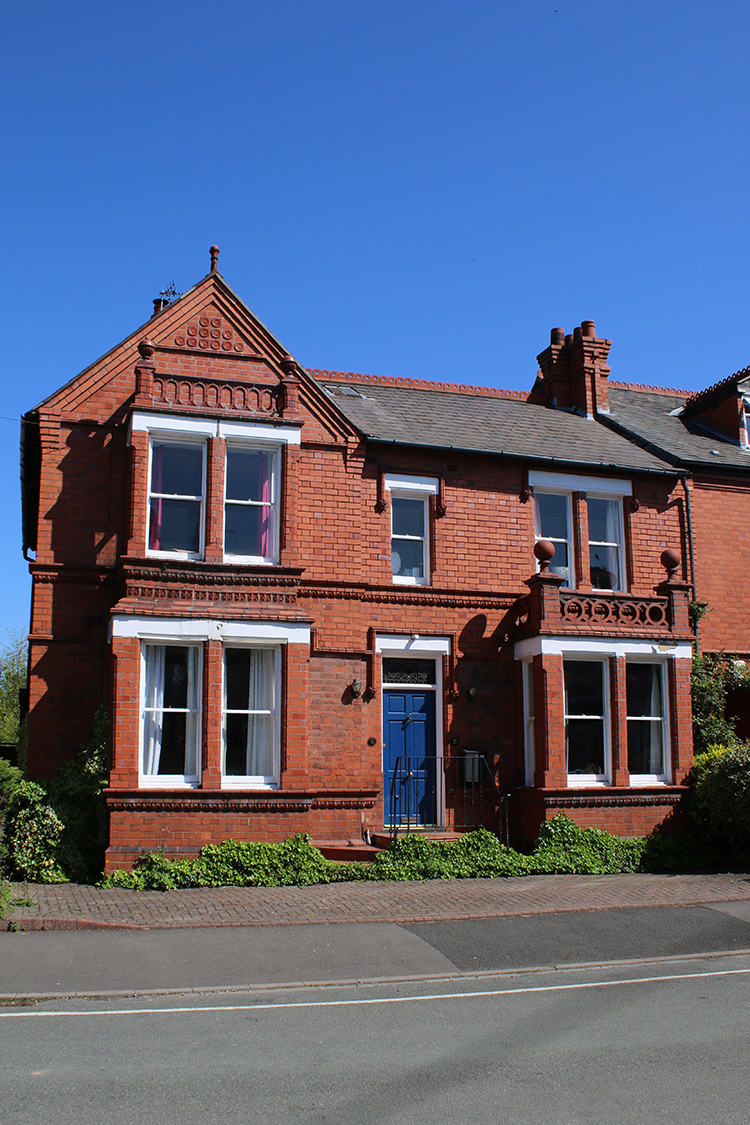

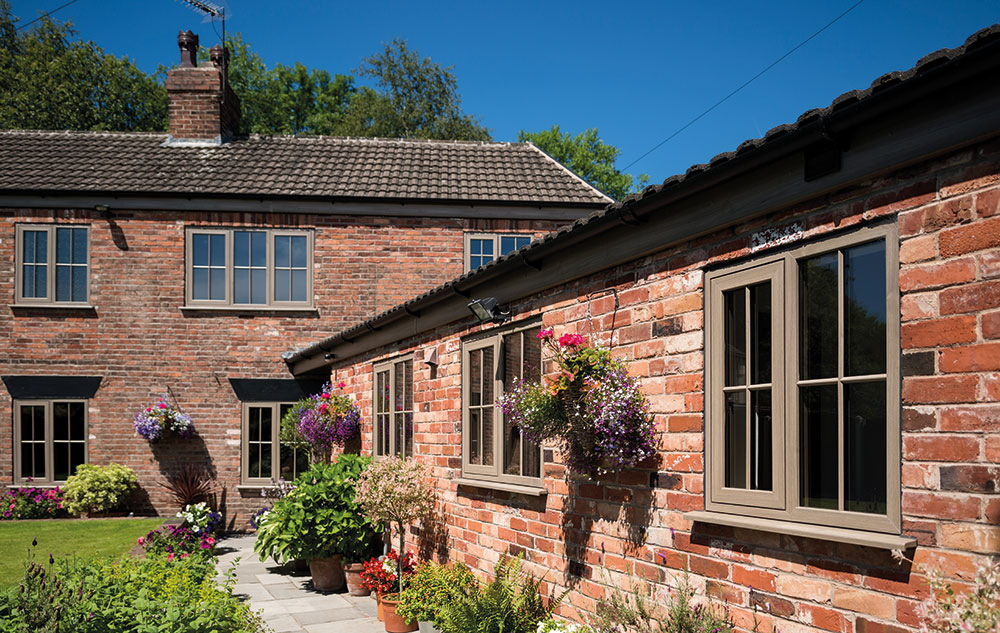
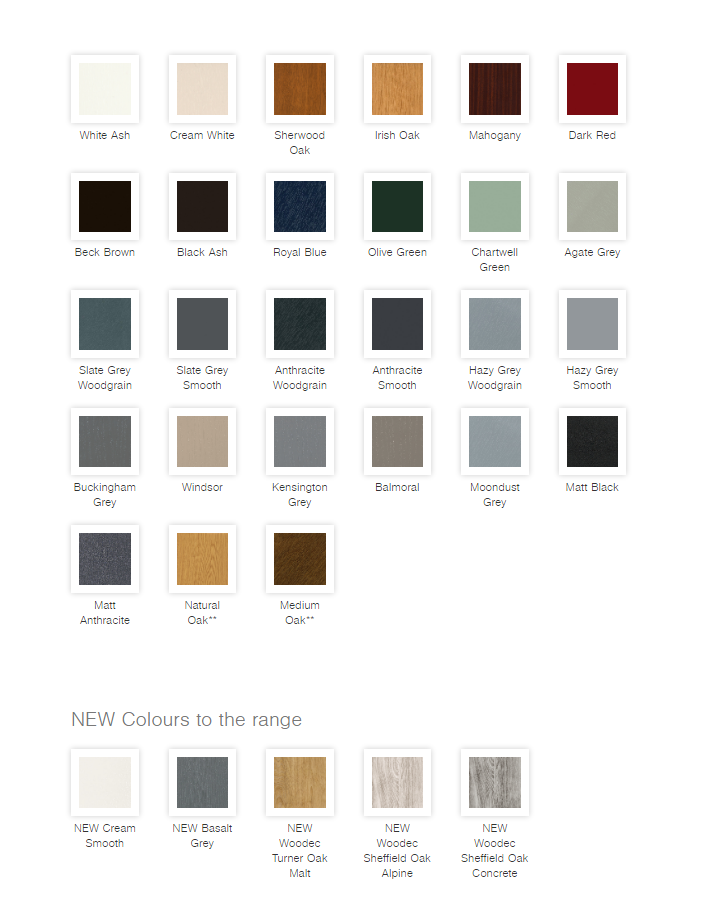
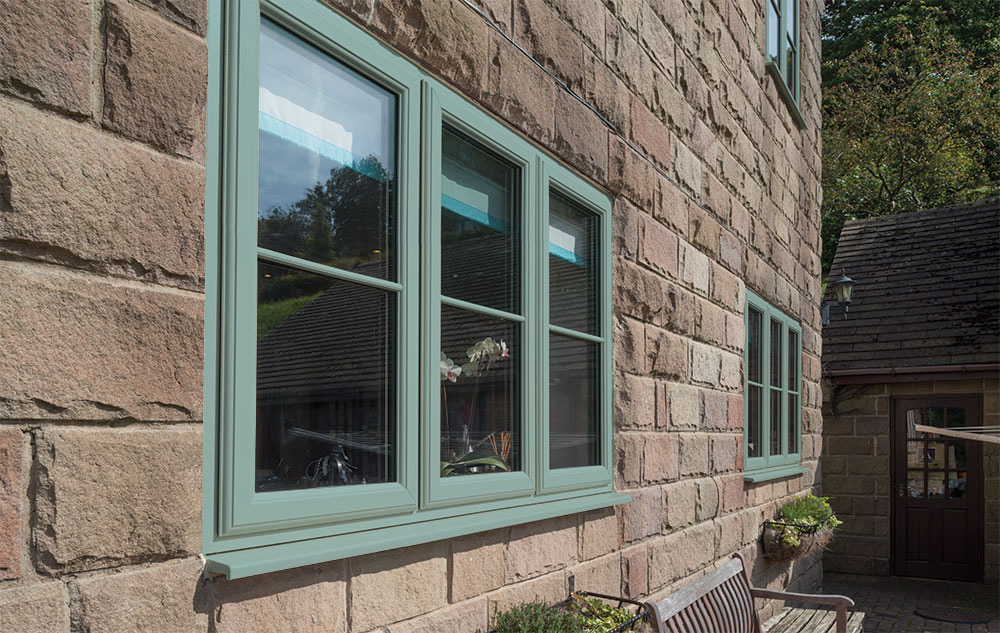
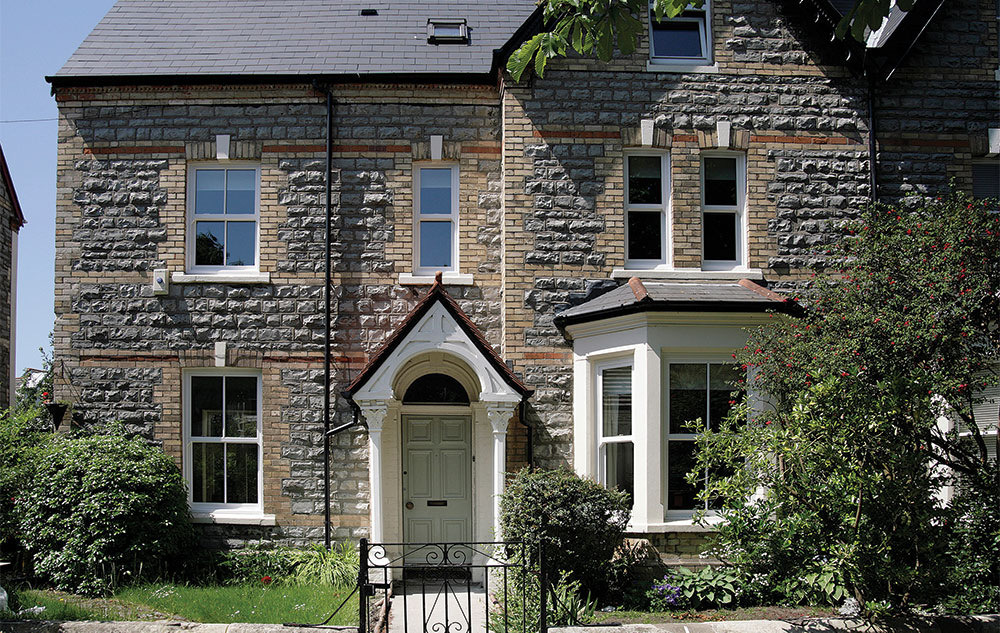
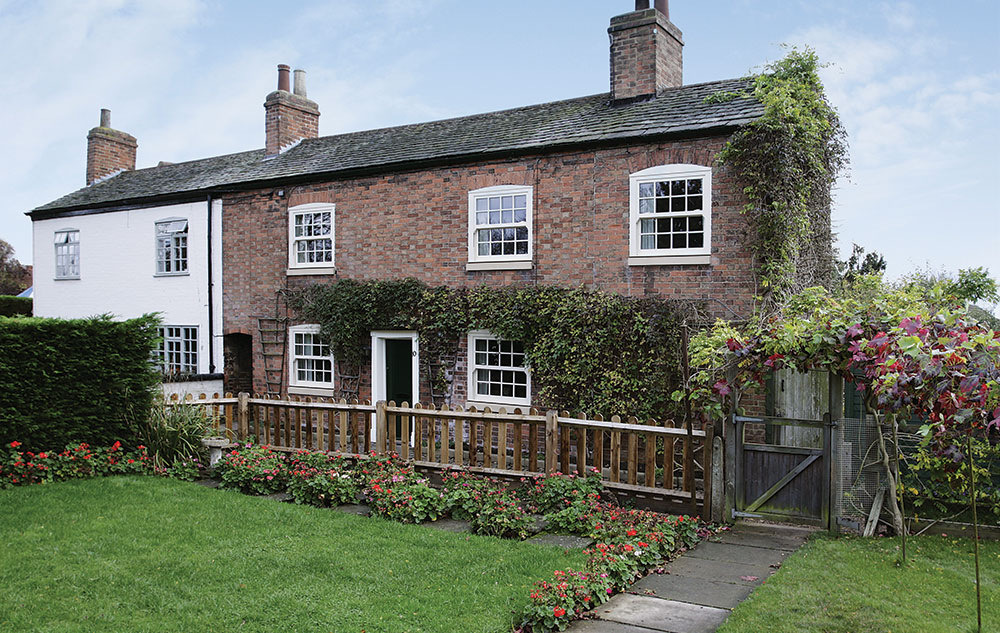
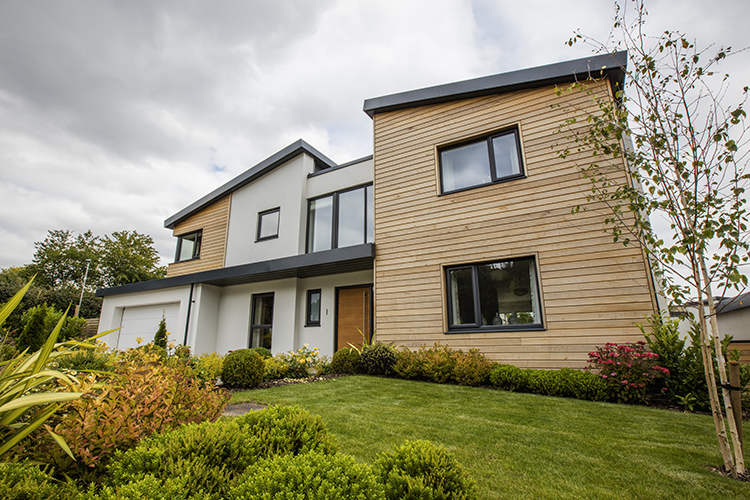
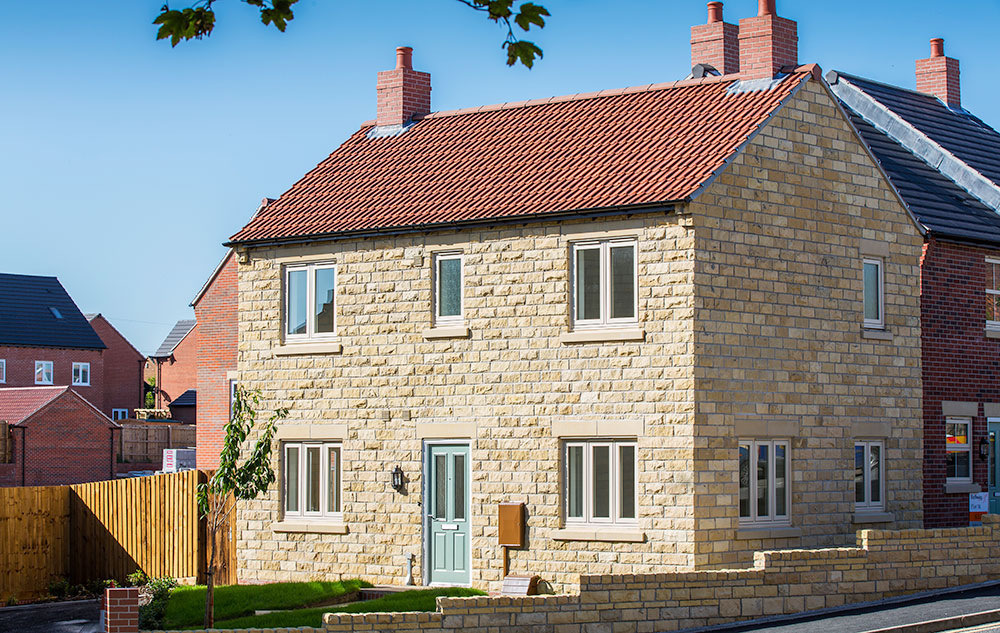
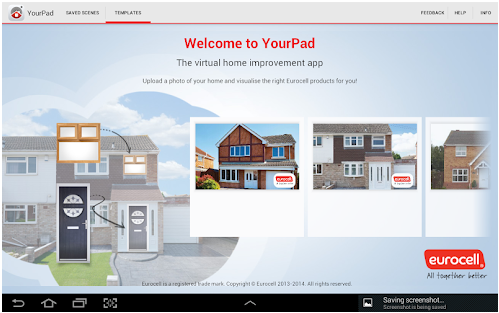
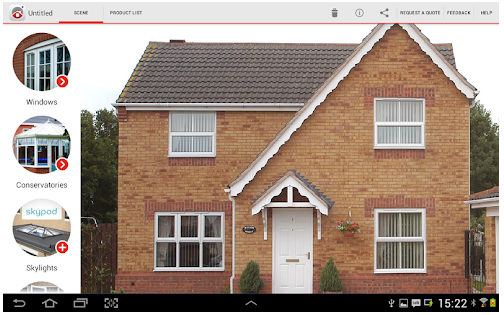
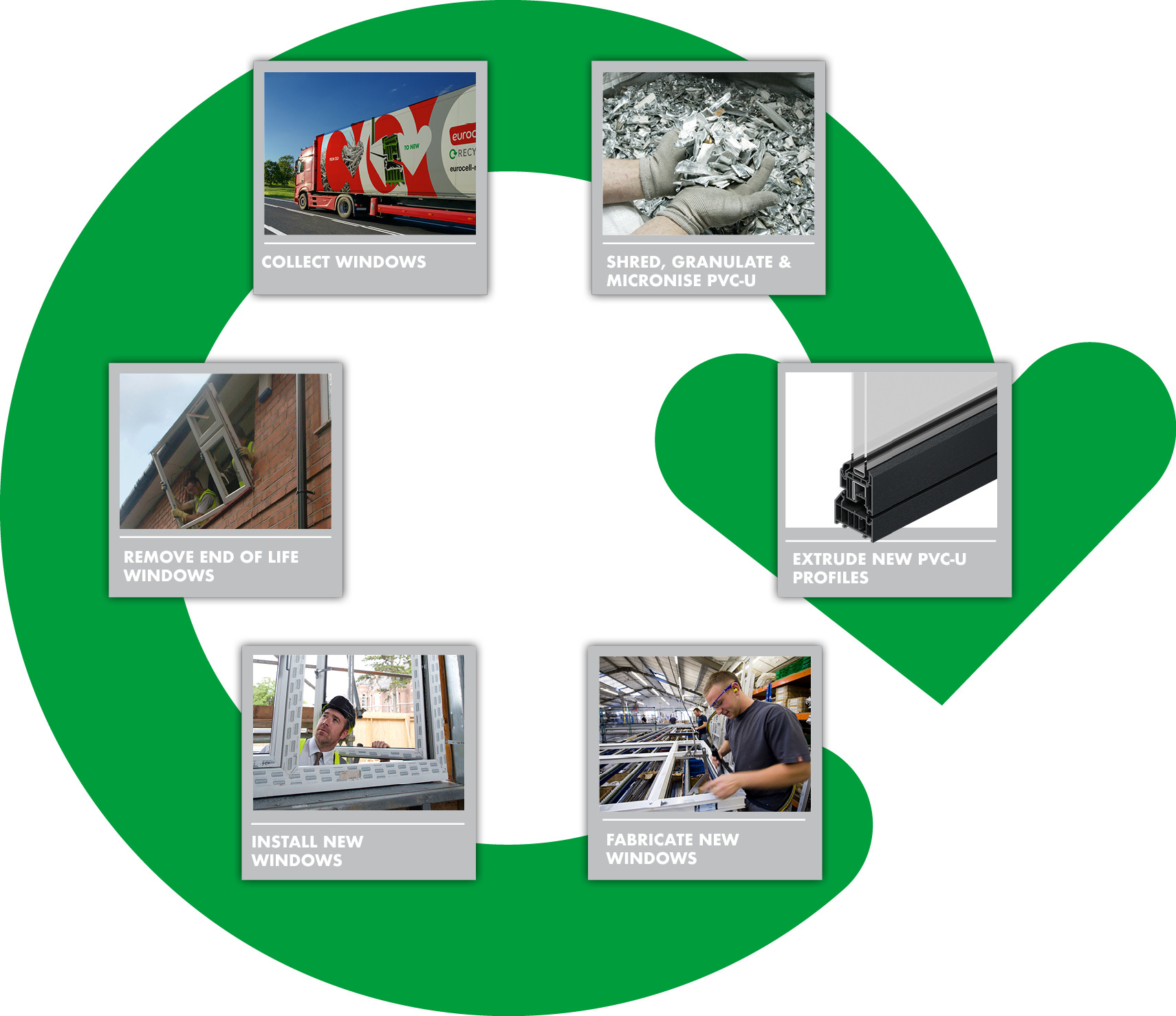




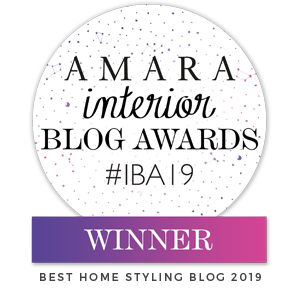
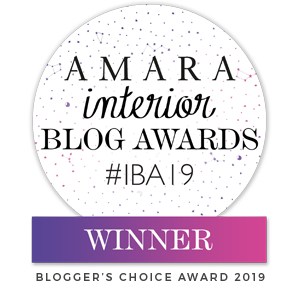







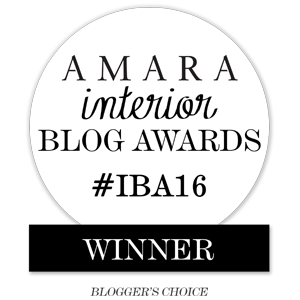



WOW!! Some of those colour options are GORGEOUS!!!
So good right?! :D xx
I do love how youhave more choice now in different colours and i love how Eurocell recycles and has 2 plants to recycle. Im looking for a composite door, so this is a very useful post thanks Kimberly. Xxx
Aww thanks Pauline! It’s amazing how far these have come – I had no idea you can get such lovely UPVC these days and it’s such a great company! Thanks so much for your comment :) xx